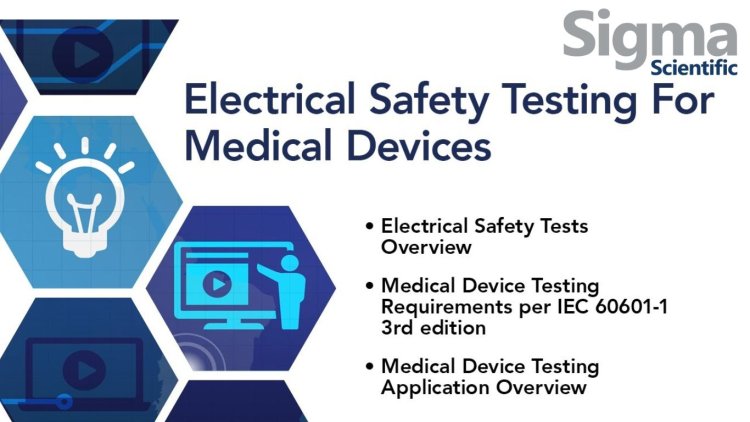Ensuring Patient Safety: A Comprehensive Guide to Medical Electrical Safety Testing of Medical Devices
Share this Post to earn Money ( Upto ₹100 per 1000 Views )
Introduction:
In the rapidly advancing field of healthcare technology, the development and deployment of medical devices play a pivotal role in improving patient outcomes. However, alongside innovation, the paramount concern remains the safety of patients and healthcare professionals. One crucial aspect of ensuring this safety is the rigorous medical electrical safety testing of medical devices. In this article, we will explore the significance, methods, and regulatory aspects of this critical process.
Why is Medical Electrical Safety Testing Important?
Medical devices, ranging from diagnostic tools to life-saving equipment, often rely on electrical components to function. Ensuring the electrical safety of these devices is vital to prevent potential hazards such as electric shock, burns, or interference with other medical equipment. Medical electrical safety testing is a systematic approach that evaluates the performance and safety of electrical components within a device.
Key Aspects of Medical Electrical Safety Testing:
Comprehensive Risk Assessment:
Before diving into specific tests, a thorough risk assessment is conducted to identify potential hazards associated with the medical device. This step helps in determining the scope and intensity of the subsequent electrical safety tests.
Dielectric Strength Testing:
This test evaluates the insulation integrity of a device by subjecting it to high voltages. It ensures that the insulation can withstand the stress of normal operation and potential fault conditions.
Ground Continuity Testing:
Verifying the integrity of the grounding system is crucial to prevent electric shock. This test ensures that all exposed conductive parts of the device are adequately connected to the ground.
Leakage Current Testing:
Measuring the leakage current from a medical device helps determine if it is within acceptable limits. Excessive leakage current can pose a risk of electric shock to the patient or user.
Functional Testing:
Beyond electrical parameters, the functionality of the medical device is also assessed. This includes evaluating user interfaces, alarms, and overall operational performance.
Regulatory Landscape:
Medical electrical safety testing is not just good practice; it is a regulatory requirement in many regions. Regulatory bodies, such as the FDA in the United States and the European Medicines Agency (EMA) in Europe, enforce standards and guidelines to ensure the safety and efficacy of medical devices. Compliance with these regulations is imperative for market approval and patient trust.
Conclusion:
Medical electrical safety testing is an integral part of the product development lifecycle for medical devices. By systematically assessing the electrical components, identifying potential risks, and ensuring compliance with regulations, manufacturers can deliver products that prioritize patient safety. As technology continues to evolve, so too must the methods and standards for medical electrical safety testing, ensuring that the healthcare industry can confidently embrace innovation without compromising the well-being of those it serves.






